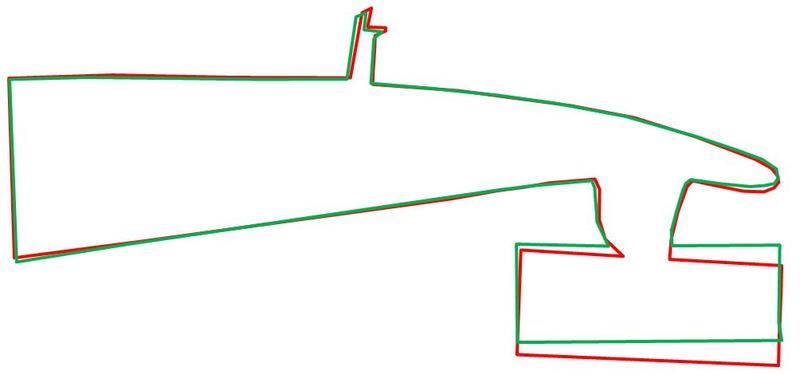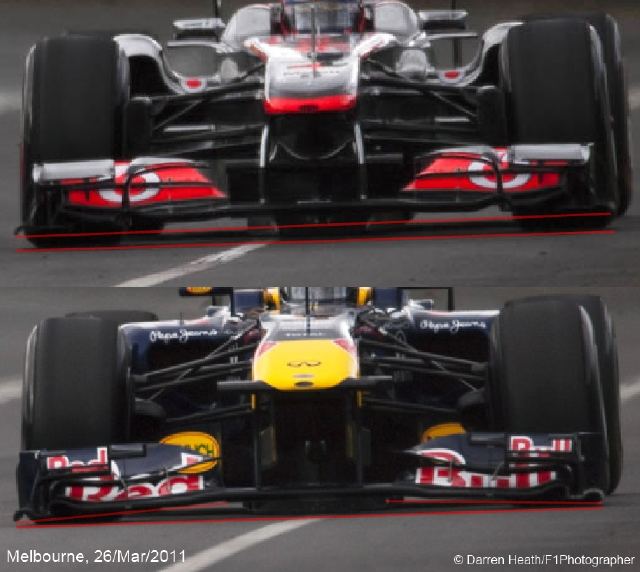2011 Porsche Sport Cars Panamera Turbo Safety Car
BMW announces 2011 BMW Sport Cars 1-Series M Coupe Safety Car for the Moto GP event Panamera announced that 2011 Porsche Panamera Turbo Safety Car will be used as the safety car, but this time in the 2011 American Le Mans Series. The 2011 Porsche Sport Cars Panamera Turbo Safety Car is obviously based on the most powerful version Turbo model powered by 4.8-liter V8 twin-turbo engine, which offers a total of 500 hp. 2011 Porsche Sport Cars Panamera Turbo Safety Car expect a number of changes to the specifications that define the racing series to watch.
2011 Porsche Sport Cars Panamera Turbo Safety Car
2011 Porsche Sport Cars Panamera Turbo Safety Car used safety car, which will be specifically used for the 2011 American Le Mans Series (ALMS). The car is based on the Porsche Cayenne Turbo has a base 4.8-liter twin-turbo V8 with 500 hp (368 kW) and 700 nm (516 lb-ft) between 2250 and 4500rpm. All that power is needed to keep pace on the track. 2011 Porsche Sport Cars Panamera Turbo Safety Car from 0 to 60 km in 3.3 seconds and 100 mph in just 8.2 seconds. Quarter mile in 11.7 seconds back down to 192 km / h (119 mph). The top speed is 303 km / h (188 mph), which is very good for large four-door coupe.
2011 Porsche Sport Cars Panamera Turbo Safety Car
The 500-horsepower, twin-turbocharged, all-wheel drive Panamera Turbo provides Porsche performance and quality, as well as a level of comfort absent among true high-performance cars. All U.S. Panamera models feature a seven-speed Porsche Doppelkupplungsgetriebe (PDK) double-clutch gearbox delivering a dynamic driving experience, ultrafast gearshifts without the slightest interruption of engine power, a very high level of comfort for four, and outstanding fuel efficiency when compared to a conventional automatic transmission.The Panamera is the first premium car with an automatically shifting double-clutch transmission to feature an engine start/stop system. It saves fuel and reduces emissions by turning the engine off when it is not needed, such as sitting at a stop light. All engines have advanced and fuel-efficient Direct Fuel Injection (DFI), as well.

2011 Porsche Sport Cars Panamera Turbo Safety Car
"The Porsche Panamera gives us an official safety car unmatched in motorsports," Ed Triolo, ALMS VP of Marketing and Brand Development said. "This reinforces the commitment and partnership between the American Le Mans Series presented by Tequila Patrón and Porsche, one of the world’s greatest sports cars that has had extraordinary success in the ALMS and IMSA GT3 Cup Challenge by Yokohama. It is a perfect fit."
Then not only the Panamera is a safety car, second car would be used of the Porsche Cayenne. That will always be ready as the Emergency Response vehicle, and will always stand-by to deal with any difficulties that occurred in Le mans series racing this year. As was stated by the organizers of racing series, when choosing a car, they proceeded from the fact that the Porsche Panamera – is one of the best sports cars in the world. Also, two ALMS Porsche Cayenne Emergency Response Vehicles are on standby in case there are no problems on any of the games this season. No further details of the specific vehicles, but the company release more details soon.























 2011 BMW Sport Cars 1-Series M Coupe Safety Car
2011 BMW Sport Cars 1-Series M Coupe Safety Car



















 2012 Toyota Sport Cars FT-86 Concept II
2012 Toyota Sport Cars FT-86 Concept II

